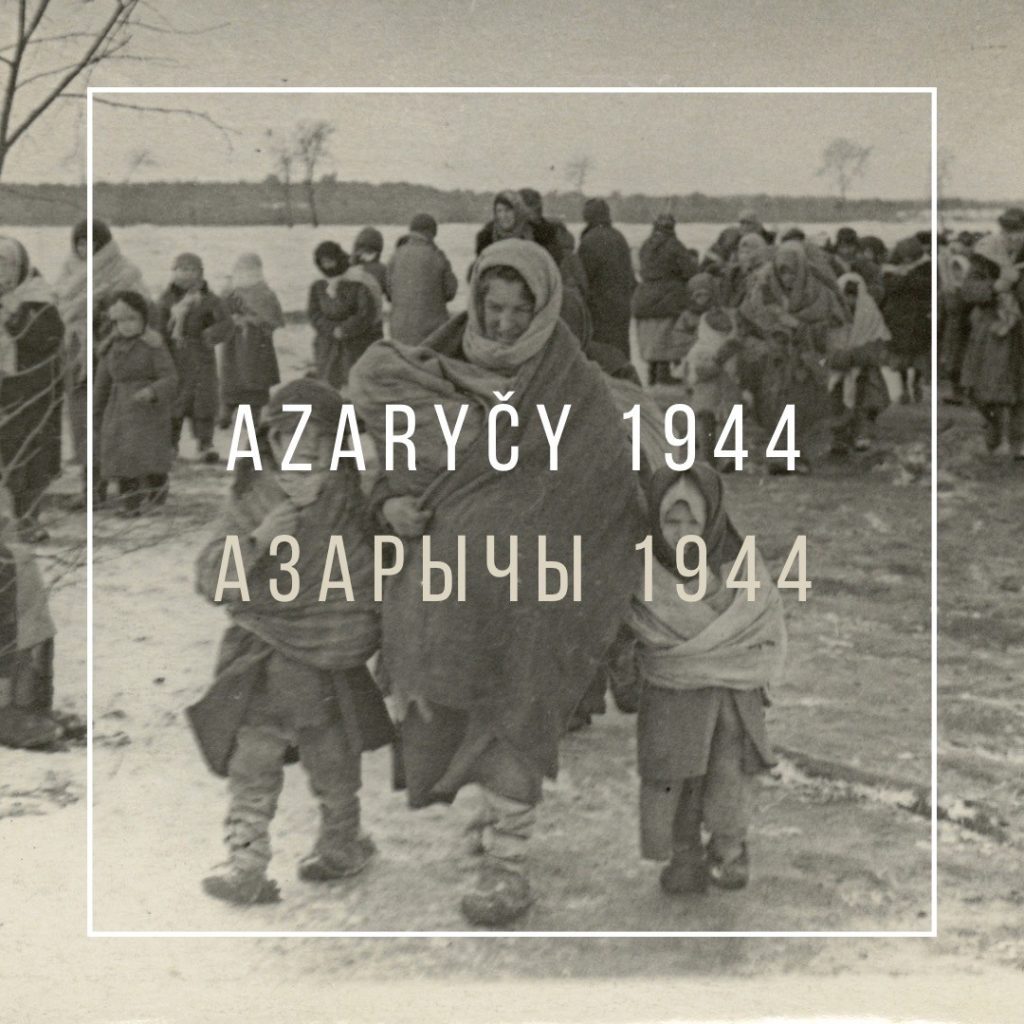At the beginning of 1944, before the liberation by the Red Army, the Germans set up three concentration camps without accommodation in the Azaryčy regions of the Belarusian Soviet Socialist Republic and imprisoned tens of thousands of people from the neighboring regions there.
In the main war crimes trial, the Allied Forces of the Second World War (USA, Great Britain, Soviet Union and France) indicted 24 individuals and six organizations before the International Military Tribunal (IMT) in Nuremberg. It lasted from November 20, 1945 to October 1, 1946.
Parts of the trial documents mention the camps:
“At the beginning of 1944, in the Ozarichi region of the Bielorussian S.S.R., before liberation by the Red Army, the Germans established three concentration camps without shelters, to which they committed tens of thousands of persons from the neighbouring territories. They brought many people to these camps from typhus hospitals intentionally, for the purpose of infecting the other persons interned and for spreading the disease in territories from which the Germans were being driven by the Red Army. In those camps there were many murders and crimes.”1
- Stanford University. Taube Archive of the International Military Tribunal (IMT) at Nuremberg. Official Court Transcript, 20 November 1945. H-0003, p. 48. Access via: https://exhibits.stanford.edu/virtual-tribunals/catalog/bt733sd4838 (last checked: 04.11.2024). ↩︎
The mentioning of the Azaryčy camps is taken up word by word in a newspaper article for the Schwäbische Zeitung https://azarycy1944.nghm-uos.de/en/04-12-1945schwaebische-zeitung/.

